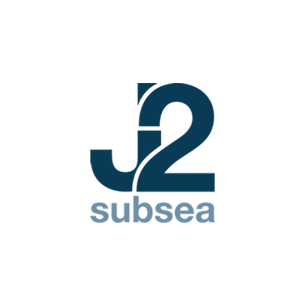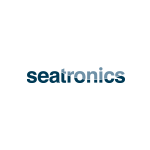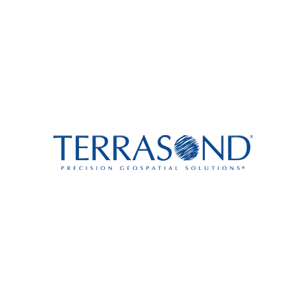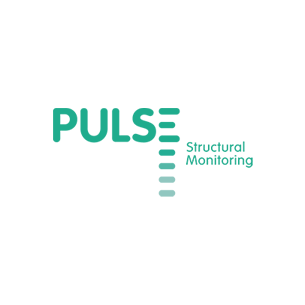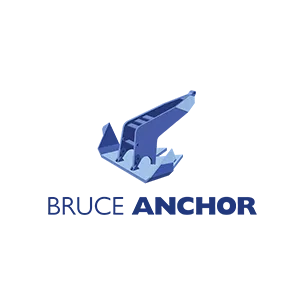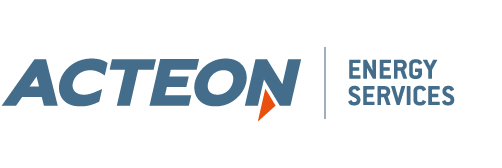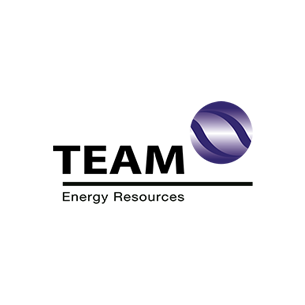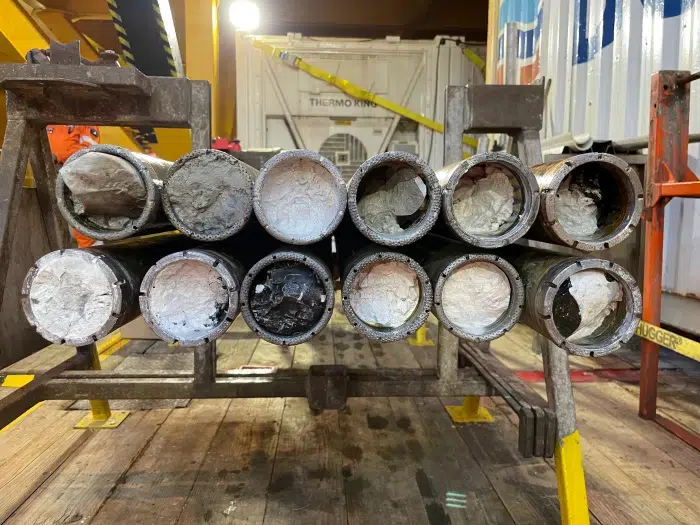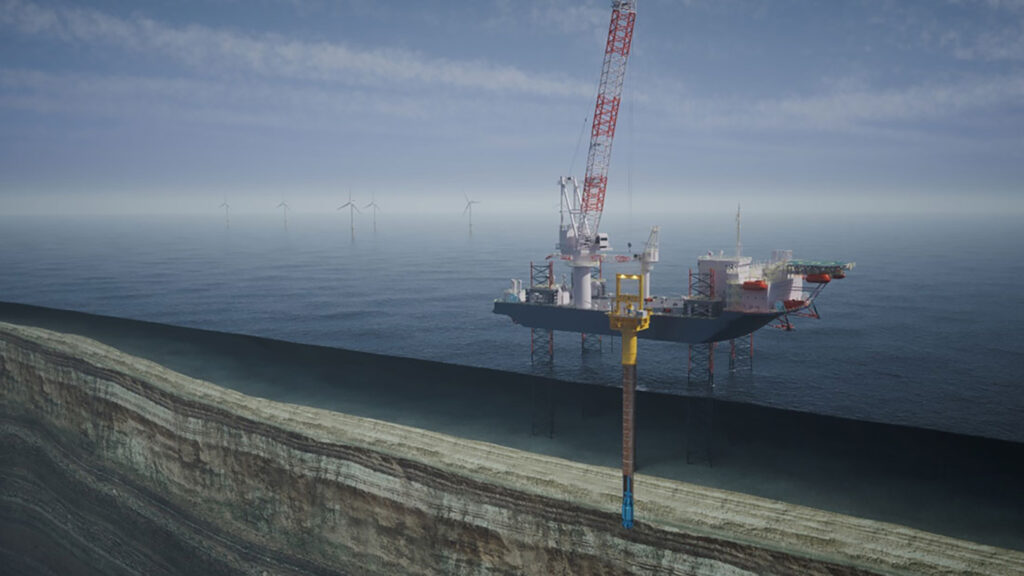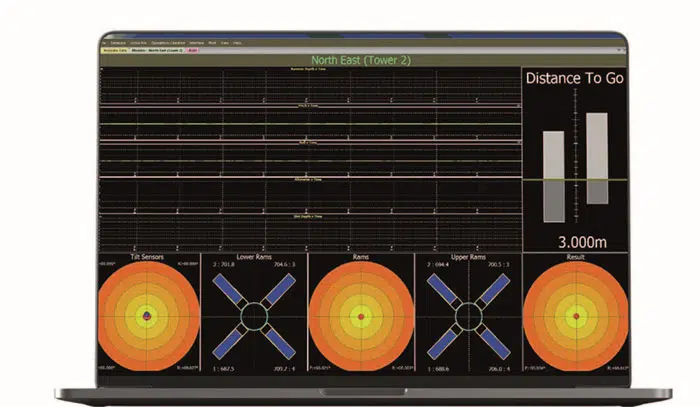In the world of offshore renewables and oil and gas industries, finding strategic partners who can seamlessly blend valuable data insights with hands-on practical knowledge is paramount. At Acteon, we pride ourselves on possessing first-hand experience in understanding the unique challenges our customers face. We leverage this experience, coupled with our in-house knowledge base, to provide innovative solutions that meet and exceed expectations.
In this blog, we explore mitigating the challenges of pile refusal in various soil conditions which is a critical aspect of subsea installation project planning. Pile refusal is a situation where a foundation pile encounters significant resistance or difficulty during the installation process. This resistance can occur for various reasons, such as encountering hard or rocky seabed conditions, encountering obstacles like boulders or debris on the seabed, or due to challenging geological formations. When pile refusal occurs, it can lead to delays in the construction timeline and increased costs as additional equipment and techniques may be required to overcome the resistance.
To navigate this challenge successfully, Acteon’s team of engineers play a pivotal role in guiding our customers through a comprehensive strategy aimed at quantifying and mitigating the risk of pile refusal.
CHARACTERISING AND ASSESSING THE RISK THROUGH INTELLIGENT ENGINEERING
Data from previously driven piles can be valuable in developing site-specific driving resistance models and calibrating standard driving methodologies. This data can be consolidated into an integrated ground model, often created within a geospatial information system (GIS), and a foundation hazard register (FHR) is established to detail ground risk, both in terms of in-place stability and installation performance specific to the proposed foundation solution.
The assessment of risk involves various aspects, including pile stability analysis, and an evaluation of driveability and the risk of pile refusal and/or pile run. Stability analysis determines the required penetration for safe support and the removal of the pile gripper. A driving (SRD) model, developed using recognised industry methodologies and site-specific data underpinned by practical experience, helps establish a blow count versus depth profile, fatigue assessments, and risk identification. This informs the selection of the optimal hammer size and other equipment to minimise offshore risks and maximise safety.
Sometimes, modifying the design of the foundation pile itself can help mitigate pile refusal. This may involve changes in pile geometry to better suit the seabed conditions. Our expert geotechnical and structural engineers provide site characterisation, geotechnical and structural consultancy services through 2H, an independent advanced systems engineering company owned by Acteon, to determine a realistic, cost-effective solution based on individual project requirements.
In cases where pile refusal is expected due to challenging geological formations or obstructions, drilling techniques may be employed to help overcome obstacles and reduce resistance. In extreme conditions equipment such as hydraulic drill rigs or underwater excavation tools, may be used to remove obstacles or hard layers before pile installation. High pressure jetting techniques can also be used to fluidise the seabed sediments around the pile, allowing for easier penetration in certain types of soils.
During installation, real-time monitoring of pile penetration is essential. Sensors and monitoring equipment are used to assess the pile’s progress, ensuring that any issues related to pile refusal can be addressed promptly.
Found this useful? Read our blog on managing pile run.
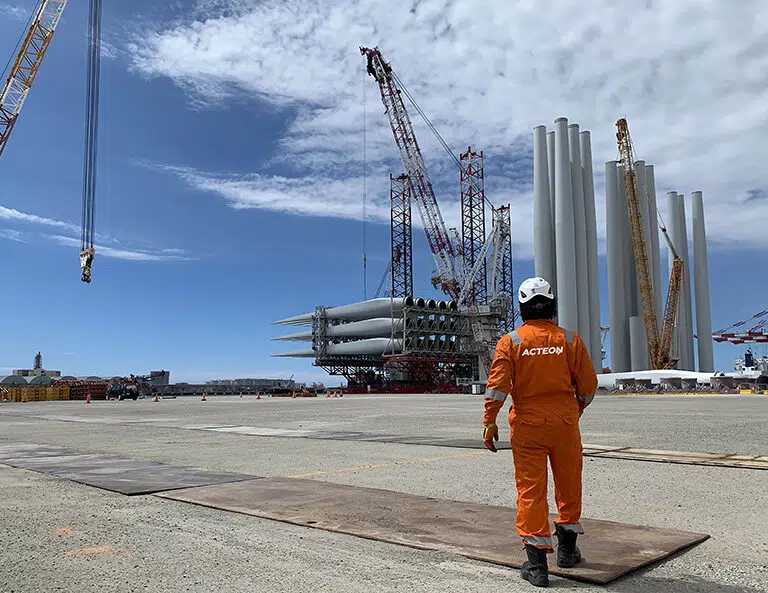
FIXED RENEWABLES CASE STUDY PACK
The case studies in this brochure demonstrate Acteon’s global capability to provide proven and innovative marine solutions for the offshore renewable energy industry.

